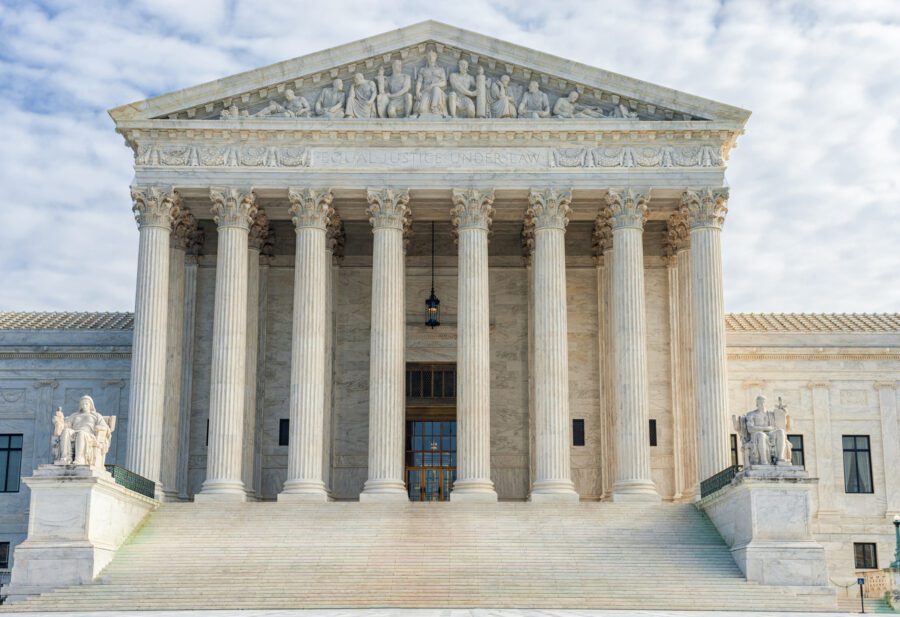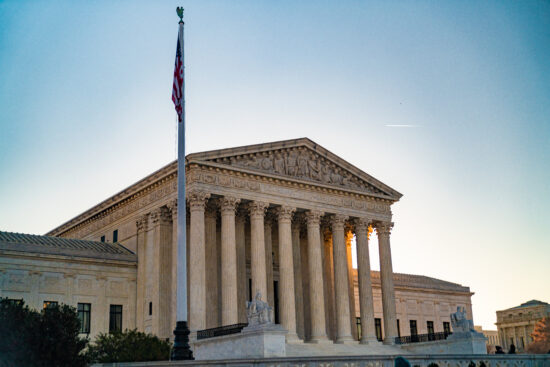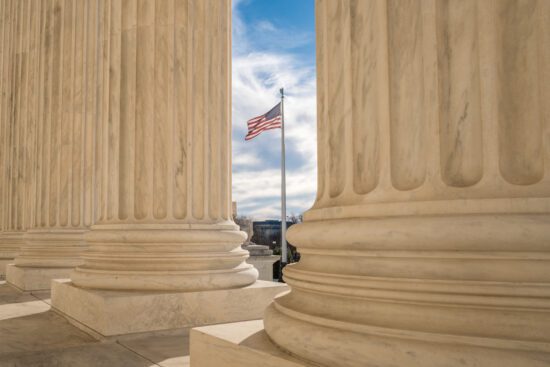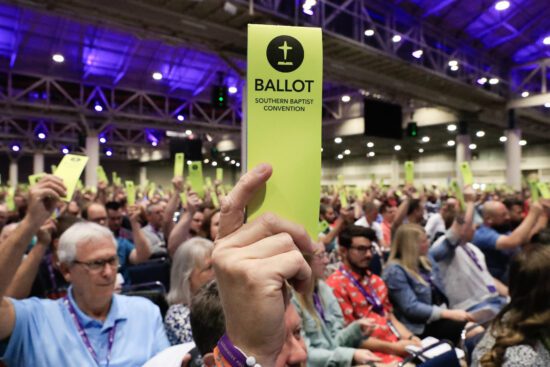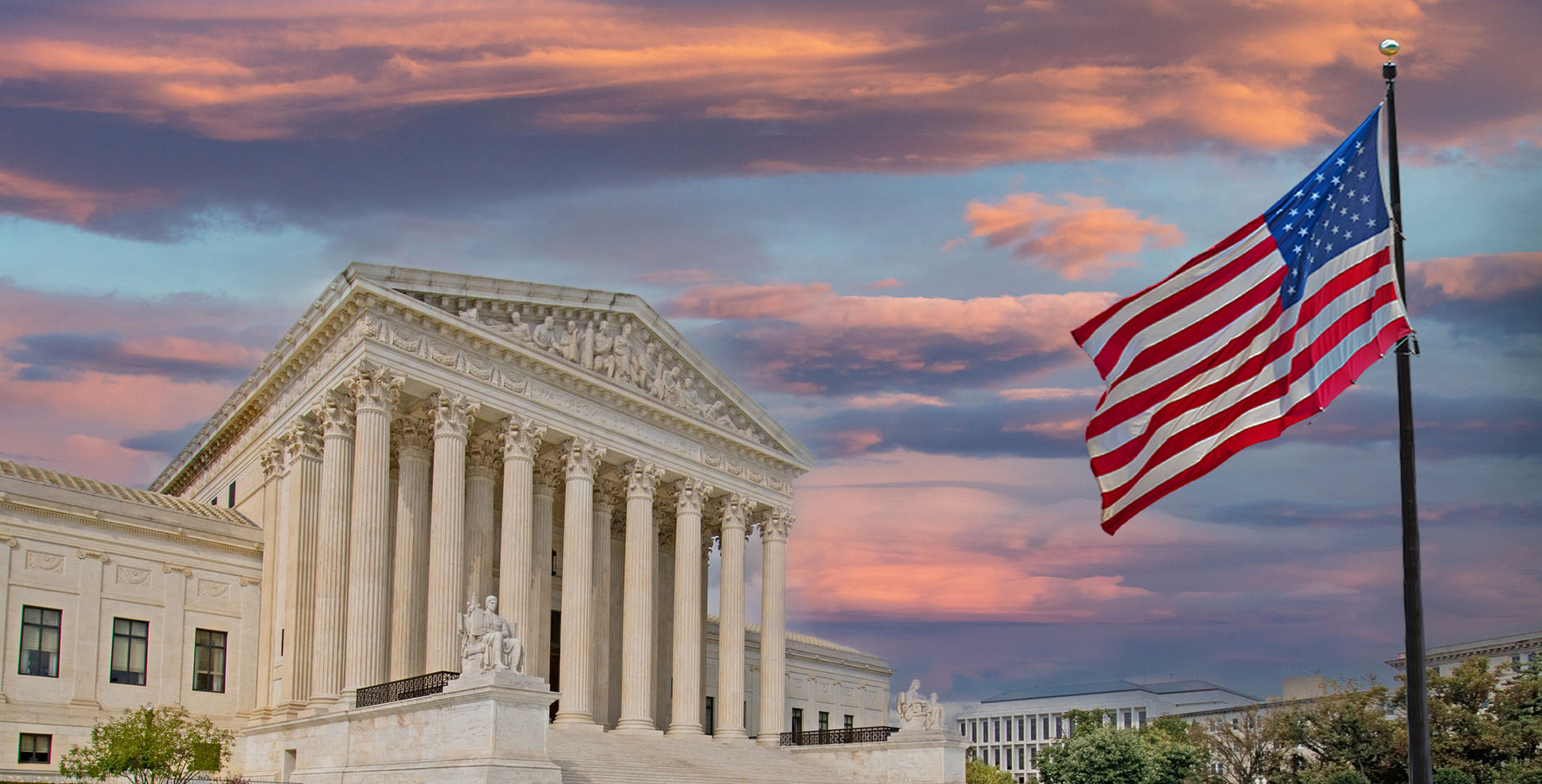This week, the U.S. Supreme Court heard oral arguments on access to an abortion pill in two combined cases—FDA v. Alliance for Hippocratic Medicine and Danco Laboratories, LLC v. Alliance for Hippocratic Medicine. These cases are significant legal battles challenging the U.S. Food and Drug Administration’s (FDA) approval of mifepristone (i.e., the “abortion pill”), a drug commonly used in chemical abortion procedures. In these cases, pro-life doctors have contested the FDA’s approval of mifepristone and its efforts to increase access to this abortion pill.
Though initially challenging the original FDA approval of the drug, the case has now been limited to challenging the subsequent actions of the FDA that removed important safety precautions from the drug’s usage. The lawsuits aim to reinstate these protections for women across the United States, likely significantly impacting the accessibility of chemical abortion (also known as “medication abortion”) nationwide.
Here is what you should know about the case and the oral arguments on access to this abortion pill
What are those cases about?
In 2016, the FDA:
- expanded the availability of chemical abortion drugs from 7 weeks of pregnancy up to 10 weeks of pregnancy,
- changed the dosing regimen,
- reduced the number of in-person doctor visits from three to one,
- expanded who could prescribe and administer chemical abortion drugs beyond medical doctors,
- and eliminated the requirement for prescribers to report nonfatal complications from chemical abortion drugs.
Then, in 2021, the FDA removed the requirement of in-person dispensing, allowing for abortion pills to be accessed through the mail and telemedicine without a woman ever seeing a doctor in person.
These cases are centered around challenging those actions by the FDA in hopes of reinstating such precautions. Both cases have drawn extensive support and opposition from various groups, including pharmaceutical companies, medical organizations, government officials, rights groups, and experts who have submitted amicus briefs in favor of maintaining or ending the FDA’s approval of mifepristone for medication abortion. (The ERLC submitted an amicus brief in favor of the plaintiffs.)
The U.S. Supreme Court hearing oral arguments on these cases marks a critical moment in the ongoing legal battle surrounding access to medication abortion in the U.S.
What are oral arguments?
Oral arguments are not a requirement for a Supreme Court case. In fact, only about 53–70% of cases accepted by the court each year include oral arguments. But oral arguments provide the public their first glimpse into what issues or concerns the justices consider most relevant. Observers of the court must be cautious, though, because it’s difficult to impossible to tell how a case will be decided based only on this process.
- During oral arguments, an attorney for each side of a case is given the opportunity to make a presentation to the court and answer questions posed by the justices.
- Before this process begins, each side in the case submitted a written legal argument outlining each party’s points of law.
- The justices will have read these briefs prior to argument and are thoroughly familiar with the case, its facts, and the legal positions that each party is advocating.
As the Supreme Court website notes, “The arguments are an opportunity for the Justices to ask questions directly of the attorneys representing the parties to the case, and for the attorneys to highlight arguments that they view as particularly important.”
What issues were raised by the justices?
The Supreme Court justices primarily directed their inquiries towards two key aspects of the case:
- first, whether the physicians who initiated the legal action against the FDA had demonstrated potential harm resulting from the agency’s decisions, given them standing to bring this challenge,
- and second, whether a causal link could be established between the alleged damages and the FDA’s relaxation of the regulations.
The majority of the argument focused on the issue of whether the doctors who brought the case had proven they were harmed by the FDA’s actions.
- Chief Justice John Roberts raised the question of whether the courts had the option to grant limited relief that would solely impact the physicians directly involved in the legal case, rather than pursuing a more expansive approach that would implicate the FDA on a broader scale.
- Justice Brett Kavanaugh asked whether federal law provides some conscience protections for doctors who object to providing an abortion on moral and religious grounds, to which Solicitor General Elizabeth Prelogar replied, “Yes, we think that federal conscience protections provide broad coverage here.”
- Justice Amy Coney Barrett questioned how the doctors who brought the case could be harmed since it didn’t appear that either physician had participated in the procedure.
- Justice Neil Gorsuch said, “This case seems like a prime example of turning what could be a small lawsuit into a nationwide legislative assembly.”
- In contrast, Justice Samuel Alito asked who would have the ability to sue the FDA in this case. “Is there anybody who can sue and get a judicial ruling on whether what FDA did was lawful?” he asked. “And maybe what they did was perfectly lawful. But shouldn’t somebody be able to challenge that in court?”
What is the expected outcome based on the reaction of the justices?
Should the court conclude that the doctors lack the necessary legal standing to pursue the lawsuit, it holds the authority to dismiss the case in its entirety without rendering a judgment on the legality of the FDA’s actions when it eased the restrictions surrounding the acquisition of mifepristone.
Observers of the hearing seem to agree that there did not seem to be a majority of five justices who would be willing to issue a sweeping decision that would significantly weaken the FDA’s authority to allow mifepristone to be sent through the mail or without a woman ever seeing a doctor in person.
What happens next?
The court will now spend the next few months writing and deliberating about this case. The final decision will likely come sometime in June. Regardless of how this case is decided, the ERLC will press forward in our fight against the predatory abortion industry and for the cause of life.
